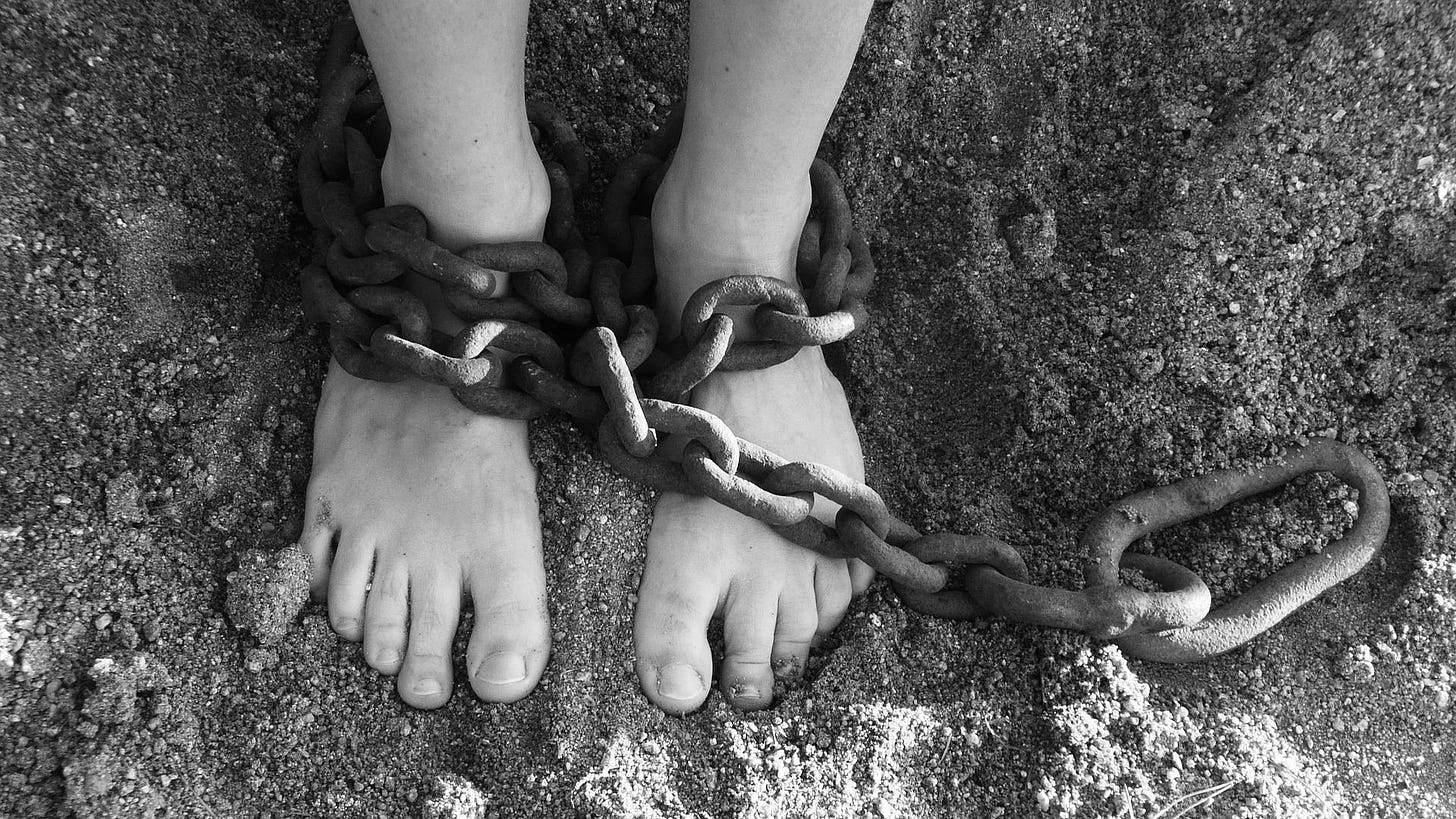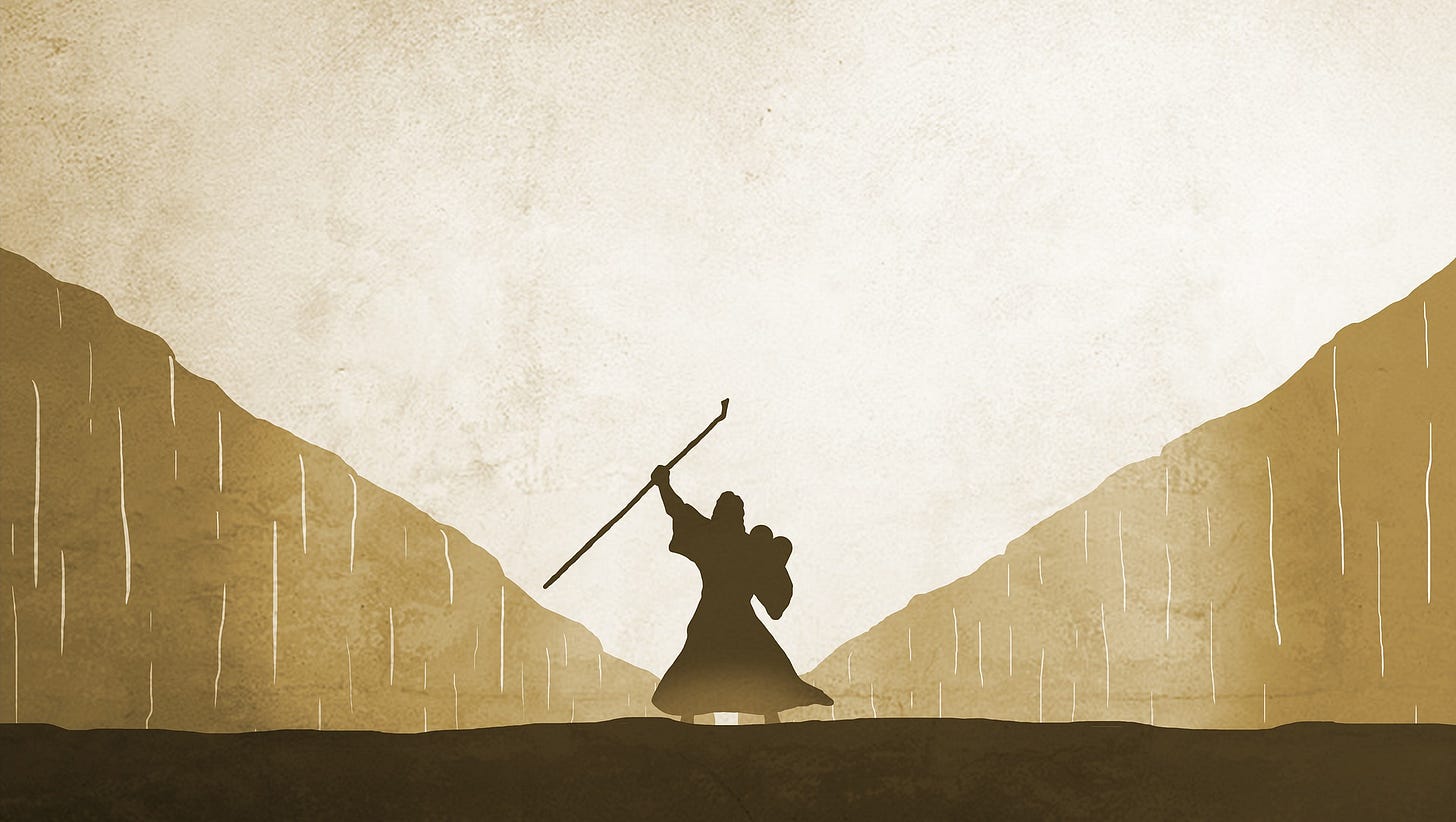#13: If You Are a Creator, This Is Your Time
The world has changed for creators in FIVE crucial ways
So I’ve just released an episode of The Seen and the Unseen with my old friend Deepak Shenoy. Deepak and I have known each other since the mid-2000s, when we were both bloggers. Or rather, creators before the term ‘creator economy’ became fashionable. Back then, there wasn’t much money in blogging. I earned a living as a mainstream media journalist, and Deepak was a financial wizard and serial entrepreneur. We blogged for the love of it.
As it happens, the world changed at just the right time, especially for me. (Deepak would have been a Lord of Finance in any era.) Had I been born anytime between 29,000 BCE and 1960, I would not have seen the kind of changes I have seen in my lifetime. As a creator, if that was what I chose to be, I’d have been dependent on other people and lots of luck to make a living from my work. That has changed in deep fundamental ways — and that is what this post is about.
Many of these thoughts come from a presentation I made for my community of writing students, and later for an event held at the time of Spotify’s Podcaster’s Day. In it, I spoke about the five fundamental ways in which the world has changed for creators.
One: We have the means of production
When I was a schoolboy in the 1980s, I wanted to be either a writer or a filmmaker. By the time I was in college, I figured that I’d focused on writing because it took a village to make a film, and as Satre said, hell is other people. But while writing is a solitary activity, and I owned pens and notepads, I didn’t own a printing press.
If I wanted to publish my writing, I’d have to send my work to publications or publishers. A filmmaker would have to pitch her work to a production house. As for photographers, well, I remember this Japanese saying about how if you want to make a man a pauper, gift him a camera. (That’s because film was so expensive. Remember film? Remember Kodak?)
Then came the internet and, in the early 2000s, blogging. Writers now had control of the means of production. If I had access to a computer, I could put my writing online. Anyone in the world, regardless of location, could read it. This seems so commonplace that you might wonder why I’m even saying it — but it would have seemed mindblowing just 20 years before.
And over the last decade-and-a-half, the means of production have reached filmmakers and musicians as well. Once upon a time, you needed expensive cinema cameras and editing machines and sound studios to make movies. Now any kid with a cellphone can shoot stuff and upload it.
My favourite illustration of this is the editing and color-grading software, DaVinci Resolve. All of Hollywood used it for colour grading, and just over a decade ago, it cost upto US$ 800,000, and you often had a buy a specialised machine with it. Today, anyone can download a free version that is way more powerful and use it on their laptops.
Two: No more gatekeepers
Back in the day, if I wanted to publish my work, I had to go through gatekeepers. I’d send my writing to an editor in a newspeper or a publisher, or I’d meet commissioning producers at production studios, and so on. Gatekeepers tend to be risk-averse, hobbled by conventional thinking and resistant to innovation. Their incentives are wrong, and they are usually behind the curve, reacting to what works to do more of the same rather than thinking out of the box.
That has changed today. There are no gatekeepers for my writing or my podcasting or for anything else I want to do. This is a good thing, because had this change not happened, The Seen and the Unseen would not have existed. No gatekeeper would have approved a show featuring conversations that last five hours. And certainly no gatekeeper would have taken Miss Excel seriously.
Back in the day, conventional thinking kept most content in a homogenized lane. Today, creators can throw all kinds of things at the wall — and whatever works, works.
Three: We are no longer bound by form
If you were a writer in the 1990s, you could write an 800-word article or a 100,000-word book or suchlike. A filmmaker could look to a 90-minute Hollywood film or a three-hour Bollywood film or a 24-minute TV episode. Musicians were expected to turn out three-minute songs and 40-minute albums. And so on.
Blogging erased the tyranny of form for writers, as I elaborated upon in this old post. I could write posts that were 80 words or 80,000 words, and I could throw links in there, and later embed videos and music. These restrictions vanished for filmmakers and musicians as well. And yet, many of us are straitjacked by past notions of what the form of our work should be.
It is a big deal that these restraints no longer exist, because, as I wrote in this essay, the form shapes the content, the content shapes the artists, and artists shape society.
Four: Creators can reach audiences directly
Say I write an article in 1995 that gets published in the Times of India. You read it, and like it, but that’s the end of it. At most you may write a letter to the editor about it, but there is no way for you and I to be connected.
This has changed one step at a time — and those steps came fast. First, bloggers could reach audiences directly, and interact with them through their comments. Soon, YouTubers could do this as well, and social media became a great tool for building communities of people who wanted to follow your work. And today, creators can nurture communities of their fans through Discord and newsletters and so on.
Creators are no longer distant, larger-than-life figures. The connection between creators and their audiences has become more personal than that — and that also has an impact on the kind of content being produced.
Five: Creators can make money directly from their audiences
Whenever someone reads something you have written, they are paying for it. Time is money. When I read an essay online, or watch a film on YouTube, I clearly value it — but it used to be difficult for the creator to capture some of the value.
I could write an article in 1995 and send it to a newspaper. They would then publish it, collect eyeballs, sell those to an advertiser, and I’d get a tiny chunk of it. That has changed.
It changed one step at a time. Step one was for creators to bypass mainstream publishers and get advertising or sponsors themselves. Step two was to bypass advertisers and sponsors and get money directly from their audiences.
This second step is revolutionary, and changed the whole game. And it works. The Seen and the Unseen survives today because listeners supported me to keep it going — and over time, this buy-me-a-coffee model will become ubiquitous. It works as a subscription model as well — many individual creators on Substack and Only Fans will vouch for this.
Up Next: Six Commandments for Young Creators
The presentation I’ve drawn these from also had a section in which I shared a bunch of tips for creators coming to grips with the creator economy. I’ll save them for another post. It may not even be the next one, because I’ve written 80% of a post about boiling my buttocks, and you might as well read that before I change my mind. So that’s next.
For more of my thoughts on the creator economy, check out my episode with Deepak Shenoy. I have also learnt a lot from my episodes with Roshan Abbas, Varun Duggirala, Neelesh Misra, Snehal Pradhan, Chuck Gopal and Nishant Jain.
These are such exciting times that I wonder why you are even reading this. Go and create something!







